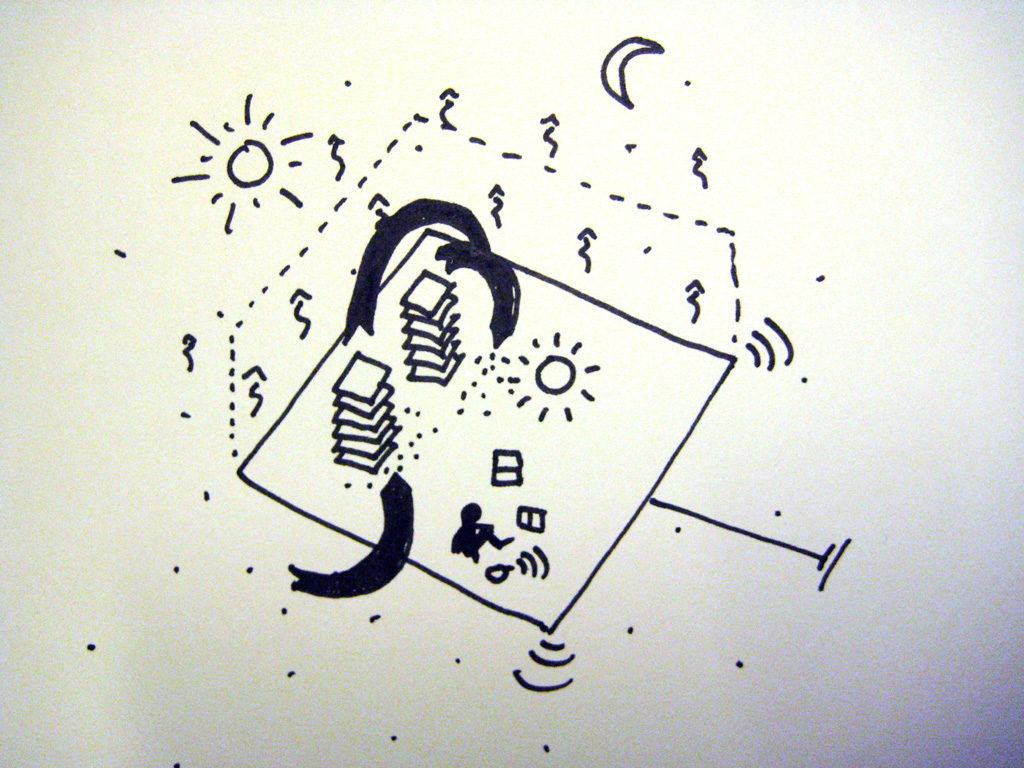The Creative Time Report has a piece on cloud infrastructures and the public’s right to understand it. The author interestingly describe her discoveries:
In trying to see where data lives, I hoped to better understand how we live with data and, by extension, with the myriad forms of surveillance that it enables. We live with data by pretending that we don’t. The opacity of internet infrastructure and policy—and the insistence that ideally users shouldn’t need to see or understand either—occludes data, the institutions that hold it and the power they exercise with it. Ultimately, in a geography of power, the cloud is not the territory.



